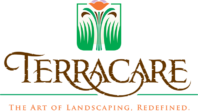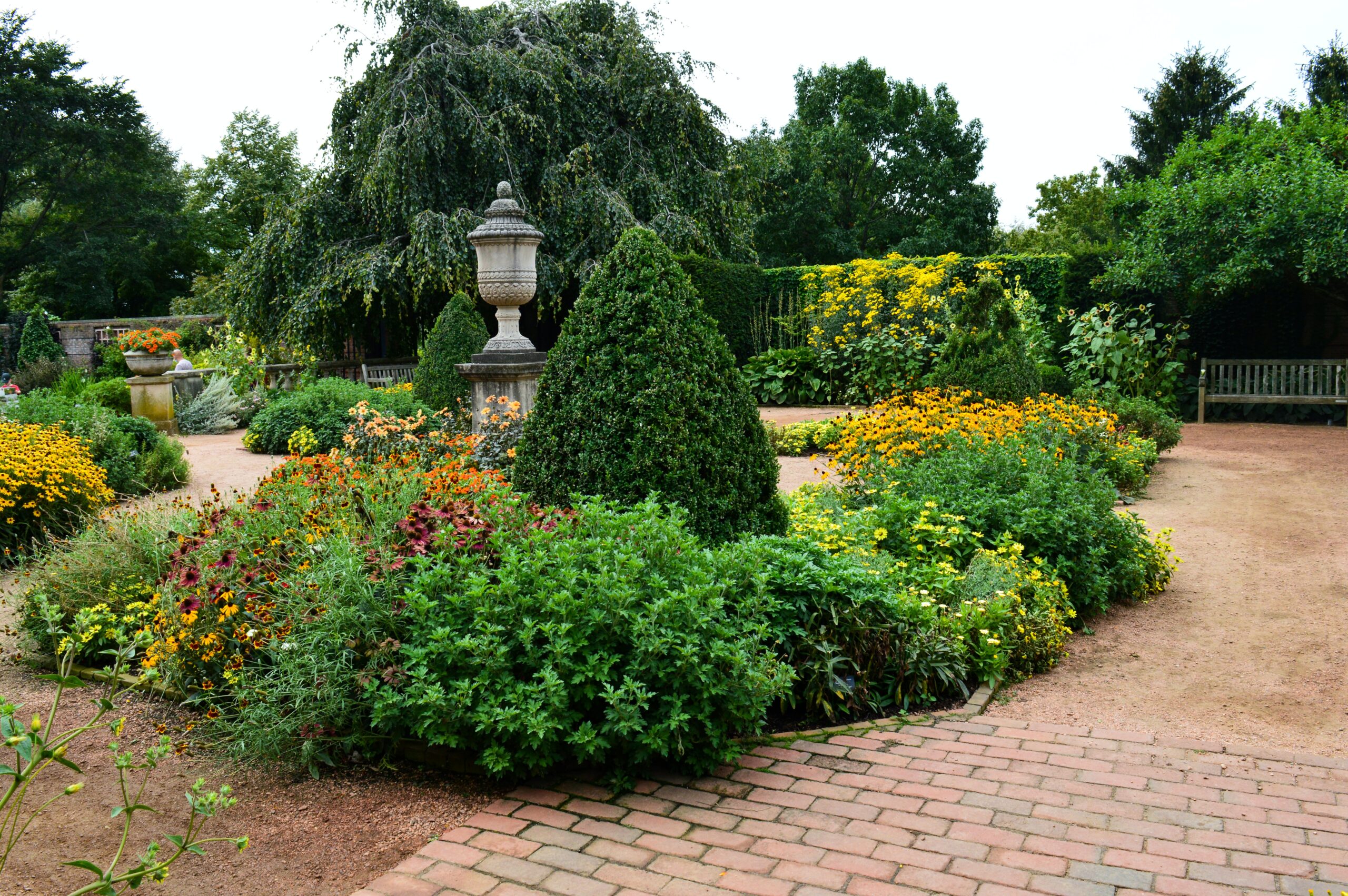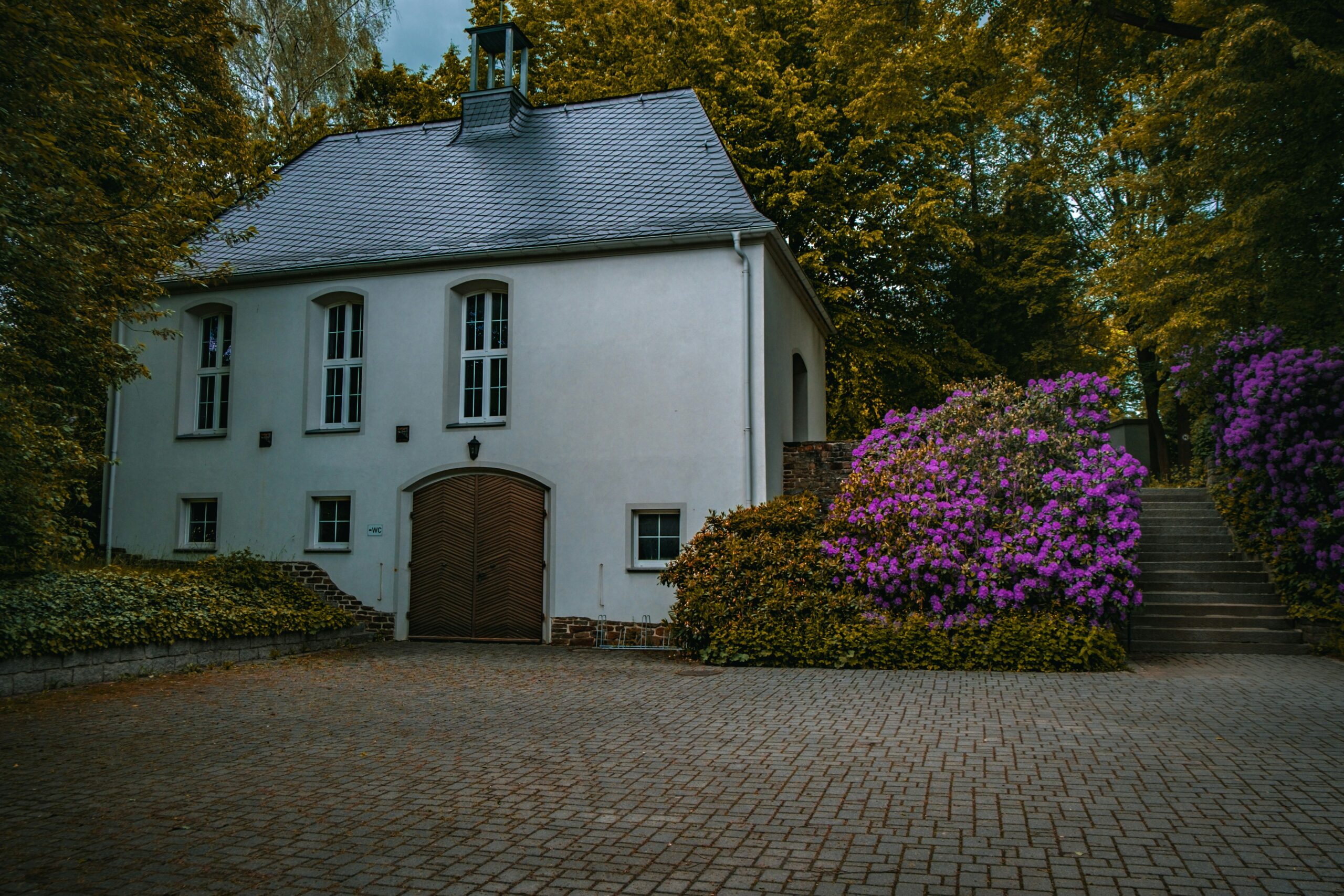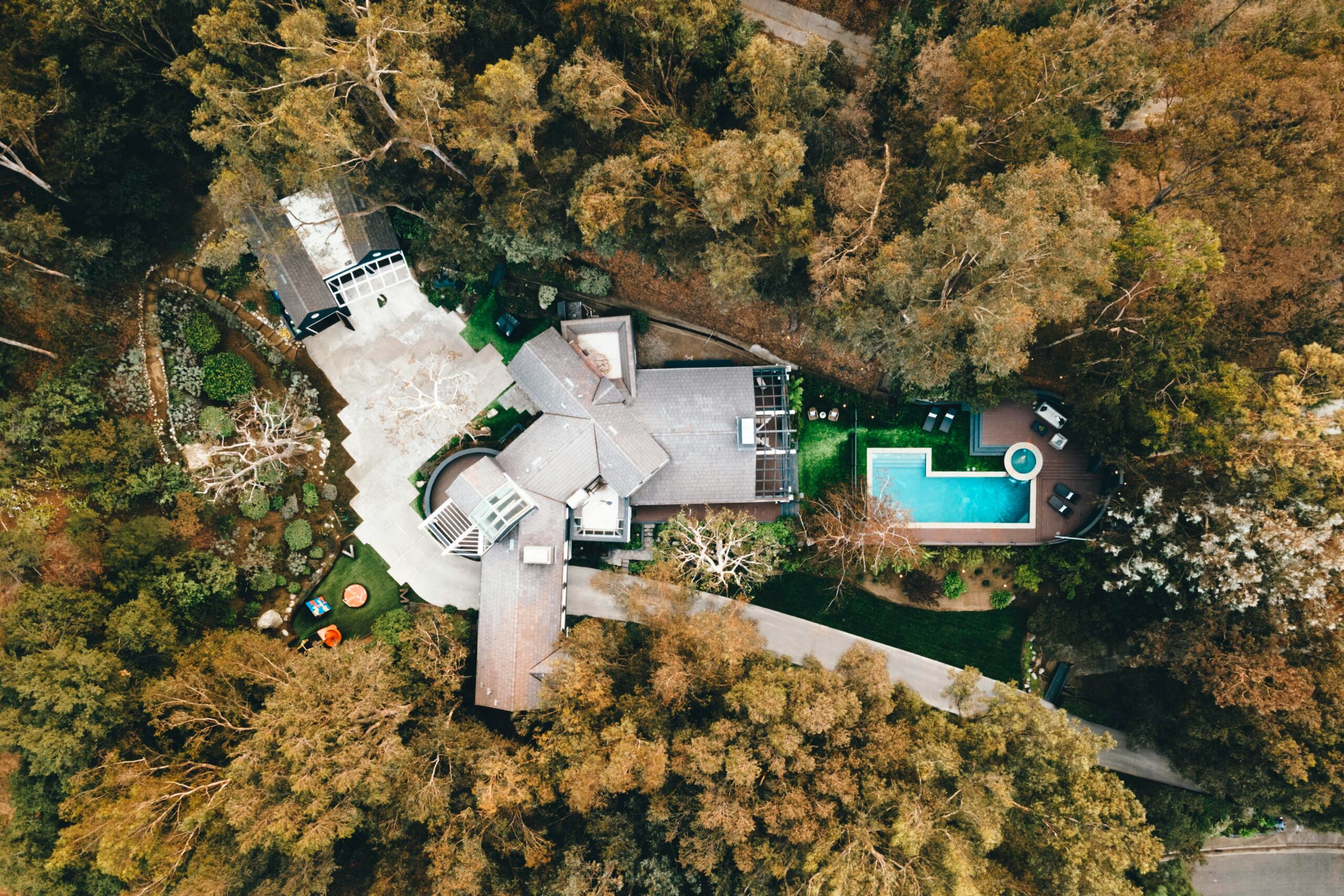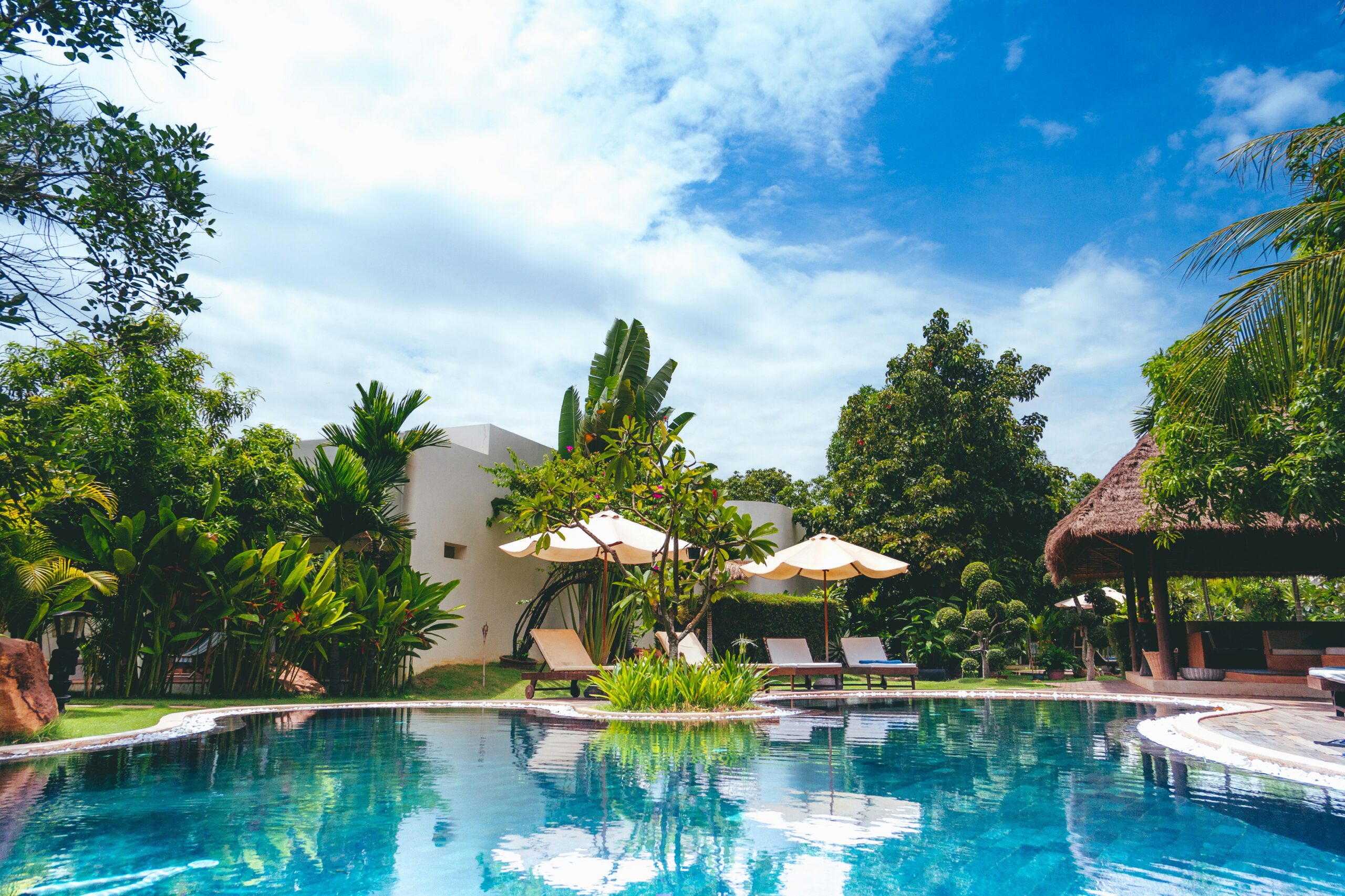Is improving the look and utility of your yard a priority for you as a new homeowner or gardener? If this is the case, understanding what hardscape landscaping is can be game-changing. We will go into the world of hardscape landscaping in this post and cover everything you need to know. This article is the definitive guide to creating a magnificent and useful outdoor setting, from defining what hardscape landscaping is to exploring its benefits and offering practical recommendations.
What Is Hardscape Landscaping?
The use of non-living components in outdoor design is known as hardscape landscaping. To create functional and visually pleasing features, man-made elements such as stone, concrete, wood, and metal are mixed into your outdoor environment. Patios, pathways, roads, retaining walls, fences, pergolas, and other elements can be included.
Unlike softscape landscaping, which focuses on plants, hardscape landscaping focuses on the hard elements that make up the structure of your outdoor space. It may greatly increase the practicality and visual attractiveness of your outdoor space while acting as the framework and base of your landscape design.
What Are Some Of The Benefits of Hardscape Landscaping?
1. Increased Usability: Hardscape features like patios and walkways create defined spaces that are perfect for entertaining guests or enjoying outdoor activities. They provide a solid and stable surface for furniture, grills, and other outdoor amenities.
2. Low Maintenance: Unlike plants, hardscape features do not require regular watering, trimming, or fertilizing. They are durable and long-lasting, with minimal upkeep requirements. This makes hardscaping a great option for those with busy schedules or limited gardening experience.
3. Visual Appeal: Hardscape elements can add structure, texture, and color to your outdoor space. They can work in harmony with the rest of your landscape to produce a spectacular effect. You can make your outdoor area truly one-of-a-kind and representative of your individuality by picking from a variety of materials and layouts.
4. Increased Property Value: Well-designed hardscape features can greatly enhance the value of your property. They are considered permanent fixtures and can increase your home’s curb appeal. Potential buyers are often drawn to properties with well-maintained and visually appealing outdoor spaces.
Key Elements of Hardscape Landscaping
Patios
These are flat, paved areas that are typically used for outdoor dining and lounging. They can be made from a variety of materials such as stone, concrete, or brick.
Walkways
These are paths that lead from one area of your outdoor space to another. They can be made from materials like stone, gravel, or pavers, and can add both functionality and visual interest to your landscape design.
Driveways
These are the areas where you park your vehicles. They need to be durable and able to withstand the weight of cars. Common materials used for driveways include concrete, asphalt, and gravel.
Retaining Walls
These are structures that hold back soil or water and prevent erosion. They can be made from materials like concrete, stone, or wood. Retaining walls are not only functional but can also add dimension and interest to your landscape design.
Fences
These are vertical structures used to enclose or divide outdoor areas. They can be made from materials like wood, metal, or vinyl, and provide privacy and security to your property.
Pergolas
These are structures with an open roof made of beams and rafters. They can provide shade and create an outdoor living space. Pergolas can be made from materials like wood, vinyl, or metal.
Outdoor Kitchens
These are fully functional kitchens that are designed for outdoor cooking and entertaining. They can include features like grills, sinks , countertops, and storage space. Outdoor kitchens allow you to enjoy the convenience of cooking and dining outdoors while also adding value to your property.
Fire Features
These can include fire pits, fireplaces, or even outdoor ovens. Fire features not only provide warmth and a cozy atmosphere, but they also create a focal point in your outdoor space. They can be made from materials like stone, brick, or metal.
Water Features
These can include fountains, ponds, or waterfalls. Water features add a sense of tranquility and serenity to your outdoor space and can be made from materials like stone, concrete, or fiberglass.
Lighting
Proper lighting can enhance the visual appeal and functionality of your hardscape design. It can create a warm and inviting atmosphere, highlight key features, and improve safety and security in your outdoor space. Popular lighting options include path lights, spotlights, and string lights.
What Are The Best Ways To Incorporate Plants Into a Hardscape Landscaping Design?
Container Gardens
One of the easiest ways to incorporate plants into your hardscape design is through container gardens. Choose different sizes and shapes of pots and planters to add a variety of plants, flowers, and even small shrubs. You can place these containers strategically around your hardscape, such as on patios, near entrances, or along pathways, to add pops of color and create focal points.
Vertical Gardens
If you have limited space in your hardscape area, consider vertical gardens. These are perfect for small patios or walls where you can install trellises, hanging baskets, or wall-mounted planters. Climbing plants such as ivy, jasmine, or roses can be trained to grow vertically, creating a lush green wall. Vertical gardens not only maximize space but also add a unique visual interest to your hardscape design.
Planting Beds
Incorporating planting beds within your hardscape design allows for a seamless integration of plants and hardscape elements. Choose the right location and shape for these beds, keeping in mind the overall layout of your outdoor space. You can create raised planting beds using materials like stone or brick, or simply dig into the ground to create a sunken planting area. To give your hardscape design depth and texture, plant a mix of flowers, shrubs, and even tiny trees in these beds.
Living Walls
Making living walls is another creative method to include plants in your hardscape design. Panels or modules that can be fastened to walls or freestanding structures make up these vertical gardens. Plants of all kinds, from colorful blooming vines to low-maintenance succulents, can be used to fill living walls. They not only provide your hardscape a distinctive and eye-catching aspect, but they also act as insulation and aid with air quality.
Edging and Borders
Use plants to create natural edging and borders within your hardscape design. Choose low-growing plants, such as groundcovers or ornamental grasses, and line them along the edges of walkways, patios, or driveways. Not only will these plants define the boundaries of your hardscape, but they will also soften the hard edges and add a touch of greenery.
How Much Does Hardscape Landscaping Typically Cost?
Hardscape landscaping costs can vary greatly depending on several factors, such as the size of the project, the materials used, and the complexity of the design. It is important to note that hardscaping refers to the non-living elements of a landscape, such as walkways, patios, retaining walls, and other hard surfaces.
On average, the cost of hardscape landscaping can range from $5,000 to $30,000 or more, depending on the scope of the project. Smaller projects, like installing a simple patio or walkway, can cost around $5,000 to $10,000. However, larger and more intricate designs, such as multi-level patios or extensive retaining walls, can easily reach the higher end of the cost spectrum.
Conclusion
In conclusion, hardscape landscaping involves incorporating non-living elements like stone, concrete, wood, and metal into outdoor spaces to create functional and visually appealing features. It offers benefits such as increased usability, low maintenance, enhanced visual appeal, and increased property value. Key elements of hardscape include patios, walkways, driveways, retaining walls, fences, pergolas, outdoor kitchens, fire features, water features, and lighting. To incorporate plants, options include container gardens, vertical gardens, planting beds, living walls, and natural edging. The cost of hardscape landscaping varies widely, ranging from $5,000 to $30,000 or more depending on project size and complexity.
Final Thoughts
Your dream outdoor paradise is just a call away! Terracare Landscaping specializes in landscaping design, construction, maintenance, and more. With over three decades of experience, we’ve been beautifying communities across New Jersey, from Bergen County to Wyckoff and Franklin Lakes. Connect with us today for top-notch landscaping services in New Jersey.
Sources
1. https://www.bankrate.com/homeownership/landscaping-increase-home-value/
2. https://www.scienceworld.ca/resource/living-or-non-living/
3. https://www.kichler.com/tips-guides/outdoor-lighting-guide/benefits-of-outdoor-lighting
